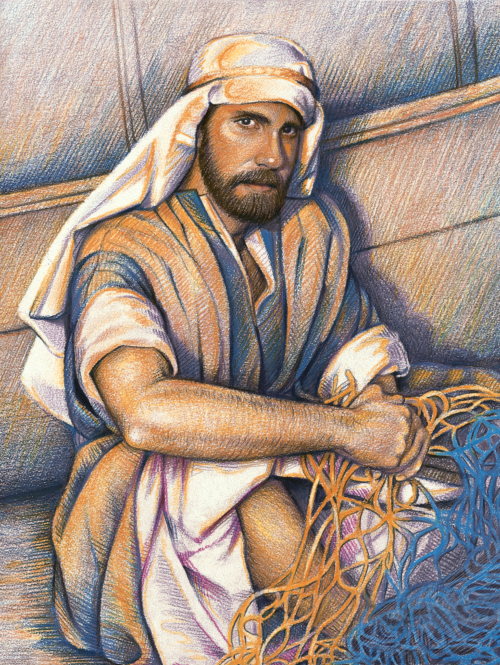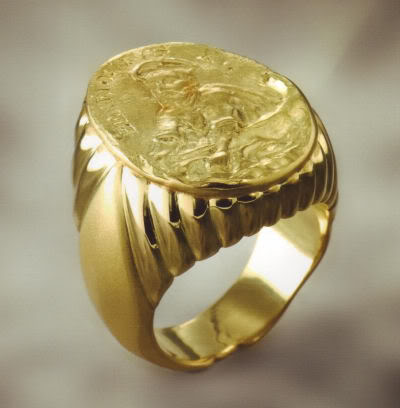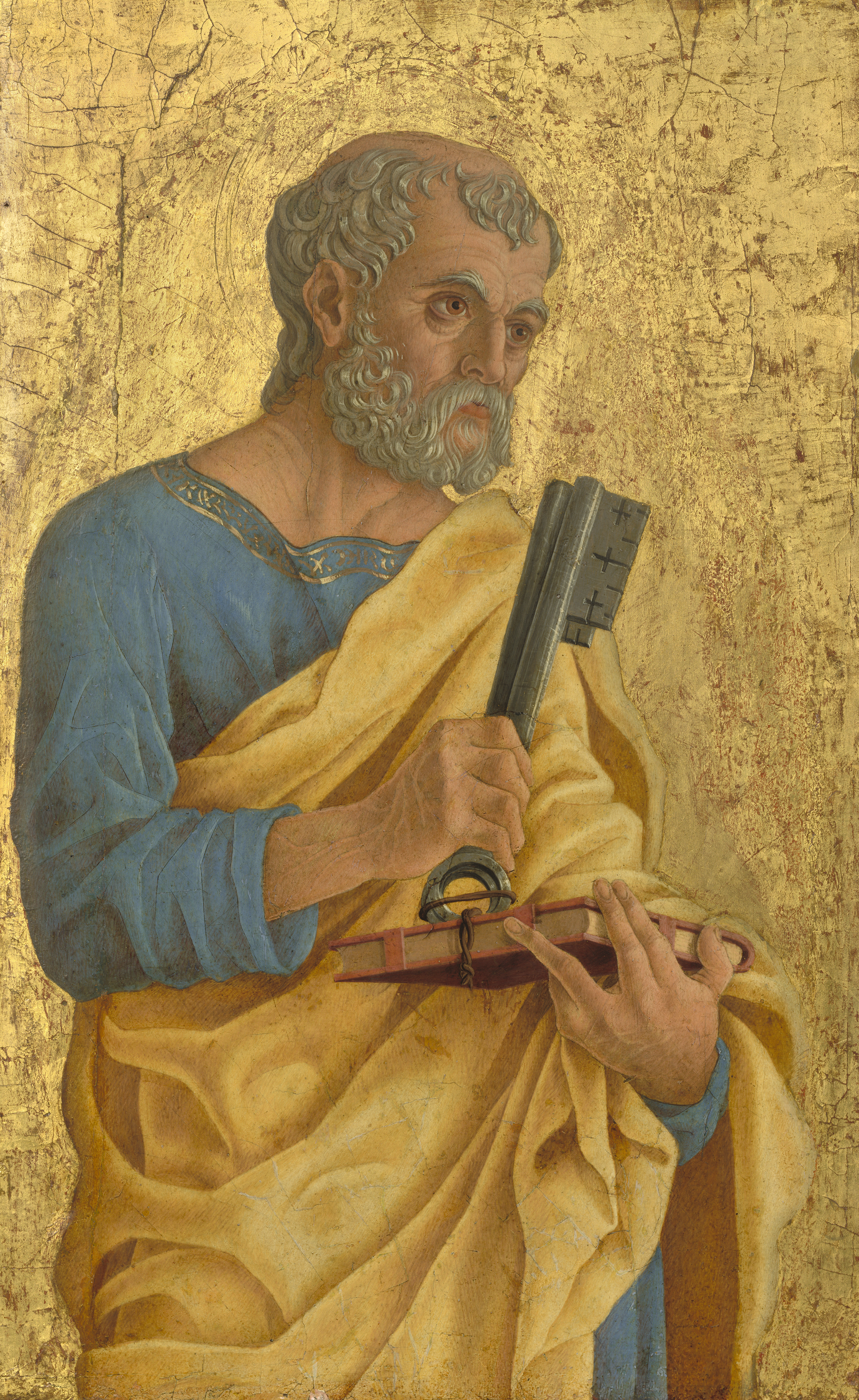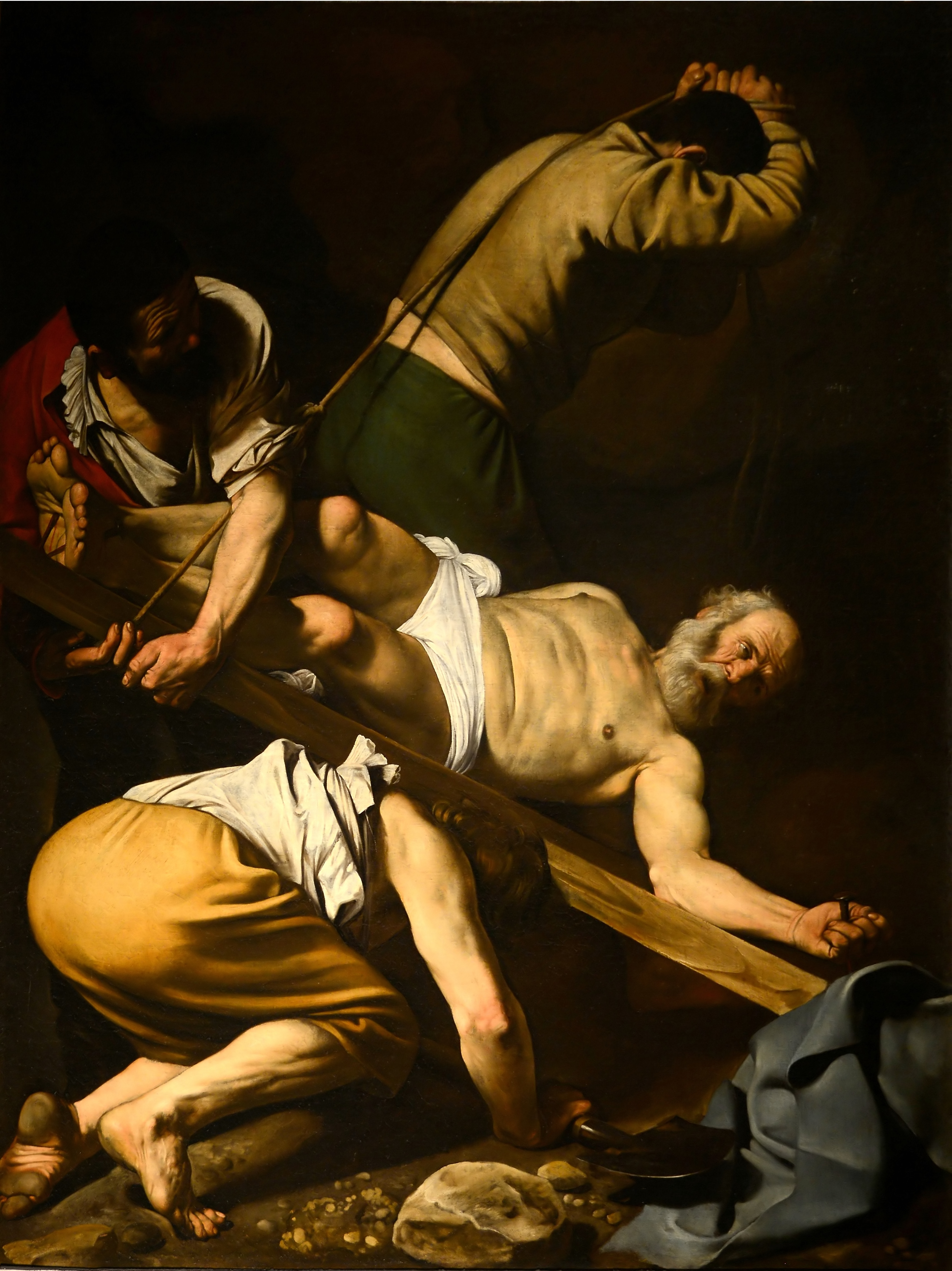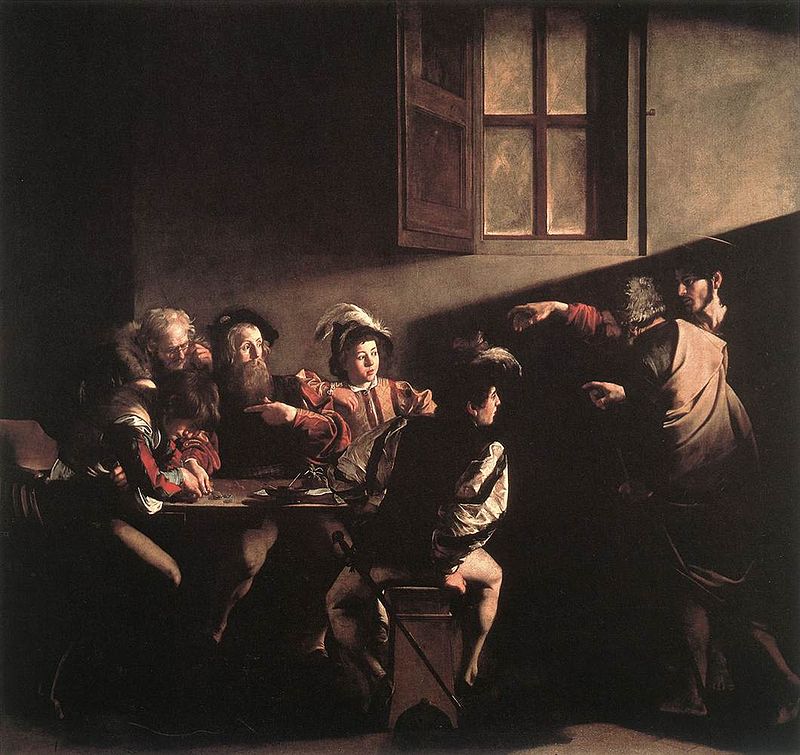
Jim Papandrea taught me one of my courses for my certification as a catechist in the Archdiocese of Chicago. Dr. Papandrea is one of the world’s foremost scholar’s on the heretic and schismatic Novation of Rome.
“The most relevant teaching for our purposes here is a concept called apostolic succession—the first bishops of the Church were the successors of the apostles, and they carried on the apostles’ ministry and teachings. This assumes that through the commissioning, consecration, and ordination of Church leaders, the anointing of the Holy Spirit was also passed down to the next generation.
Furthermore, apostolic succession affirms that Christian truths were accurately transmitted within the Church, so that the teachings of any Church authority at any time could be traced back in an unbroken chain to the apostles, and through them to Jesus himself. You knew you could trust the teachings of your bishop because he would have gotten his teachings from his predecessor, and so on, going all the way back to Christ.
To be sure, some bishops did deviate from what they had received, and to that extent they are considered heretics. But that’s the point. When they were faithful to the Tradition, their teachings were trustworthy. So this is not to claim that there was never dissent or disagreement in the early Church—indeed there was, and it was precisely this disagreement that led to the discussion of theological concepts, and eventually to authoritative decisions about how to understand the person and work of Jesus Christ, and how to interpret Scripture.
Eventually the debates led to councils of bishops, the successors of the apostles gathering to clarify the correct interpretations of Jesus’ intentions for the Church and of the apostolic writings. These conclusions of the early Church Fathers and the councils of bishops were confirmed as the dogmas of Christianity—the theological positions that were consistent with the conclusions of the previous generations, going all the way back to the apostles.
Let’s meet one of the early Church Fathers, and see what they said about apostolic authority and succession.
St. Clement, Bishop of Rome (writing c. A.D. 93)
As the fourth bishop of Rome, Clement wrote a letter to the church in the city of Corinth, Greece. We know this letter as First Clement, though we have no other certain letters from this bishop. What is remarkable about this letter is that Clement writes with authority over the Christians in another city where he was not the bishop. His authority comes from his assumption that he holds an office in which he is the successor of Peter, the leader of the apostles. And even though the Church in Corinth could claim that its own apostolic succession goes back to the apostle Paul, Clement’s letter presumes that Peter’s authority is greater. We will examine the role of the bishop of Rome (the pope) later, but for now, here is what Clement says about succession:
“The apostles have preached the gospel to us from the Lord Jesus Christ; Jesus Christ has done so from God. Christ therefore was sent forth by God, and the apostles by Christ. Both these appointments, then, were made in an orderly way, according to the will of God . . . And thus preaching through countries and cities, they appointed the first-fruits of their labors, having first proved them by the Spirit, to be bishops and deacons of those who should afterwards believe . . . they appointed those already mentioned, and afterwards gave instructions, that when these should fall asleep, other approved men should succeed them in their ministry.
Therefore it is right for us, having studied so many and such great examples, to bow the neck and, adopting the attitude of obedience, to submit to those who are the leaders of our souls . . . For you will give us great joy and gladness if you obey what we have written through the Holy Spirit.”
Notice how in these passages Clement claims the authority of an apostle for himself, and even implies that this affords him a kind of inspiration. This assumes that the anointing of the Holy Spirit is on him by virtue of his office, and thus the audience of his letter should listen to him as though it were Peter himself who sent it. Here we have an indication of one of the early successors of the apostles writing with apostolic authority.
**********
Apostolic succession is based on the reality that religious truth must be preserved over time—it has a source, and must be handed on from that source in order for it to be faithfully transmitted to future generations. For Christians, our source is Jesus Christ. He handed on divine truth to his apostles, and they handed it on to the next generation of Christians who did not know Jesus personally. One of the ways that they handed on Jesus’ teachings was by writing the New Testament.
But that is not the only way that the apostles taught. They also directly taught their own disciples, who then became their chosen successors and the first bishops. These, in turn, taught the next generation of Church leaders, and so on. What this means is that we are connected to Jesus and the apostles through the Fathers of the Church. Let me say that again: It is the Fathers of the Church who connect our faith to that of the apostles and to Jesus.
Therefore, the Church Fathers are in a way the protectors and guarantors of truth. They matter because without them, disagreements over the interpretation of Scripture would escalate to division—a reality that has plagued the Protestant world since the Reformation. So the unity of the Church is not something we can think of in terms of the present day only. The unity of the Church also requires unity with its history—we must be connected to our collective past in order to be connected to each other, and to be part of the communion of saints, that “great cloud of witnesses.””
Love,
Matthew


